A car's ball joint separators play an essential part in its handling, insofar as they prevent movement slack through the control arms, stabilisers, and steering knuckles. Automobile undercarriages differs widely, and so do ball joint separator designs. Before undertaking their next ball joint replacement job, mechanics should understand what is needed to secure the best deal on their preferred ball joint separator.
Fork Type
The fork type separator requires mechanics to use impact force. Mechanics wedge the fork of the tool into the ball joint and strike the end with a hammer, popping the ball joint out of its housing. It is a traditional method, and suitable for large vehicles with large wheel hub spaces that allow for greater freedom of movement. However, this method does demand a good deal of care. These tools are available in various lengths.
Laser Scissor Type
The laser scissor format separator offers a gentler alternative to the fork method. It allows users to remove ball joints effectively with a simple screwing action, thereby reducing the risk of self-injury or damage to surrounding parts. This type of ball joint separator is especially useful in particularly confined spaces that do not allow for easy hammering access. These separators generally consist of robust heat-treated drop forged steel. Their jaw spans typically range between 18 and 38 mm.
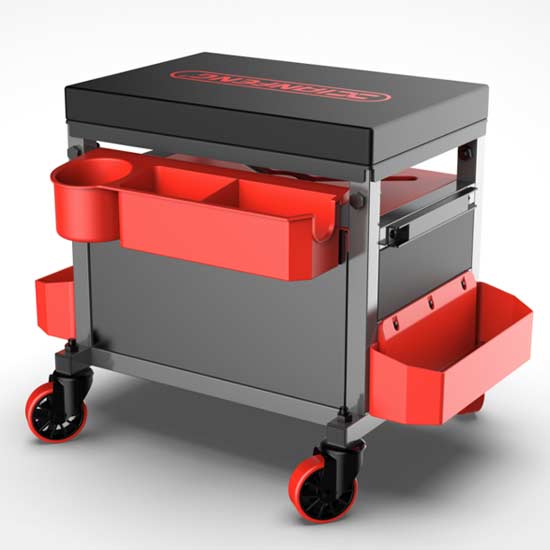 Tool seat
Tool seat
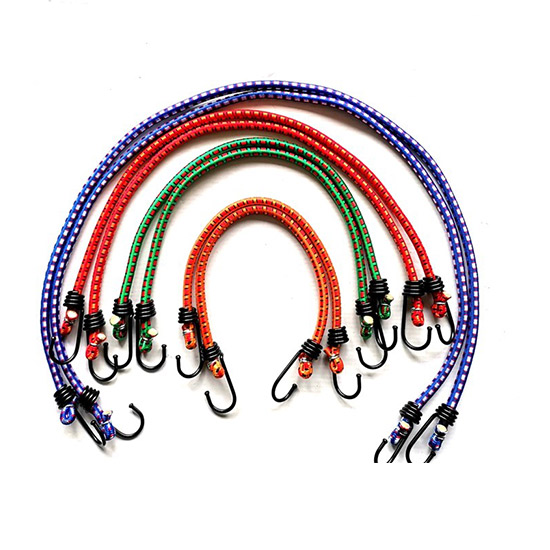 Stretch Cord
Stretch Cord
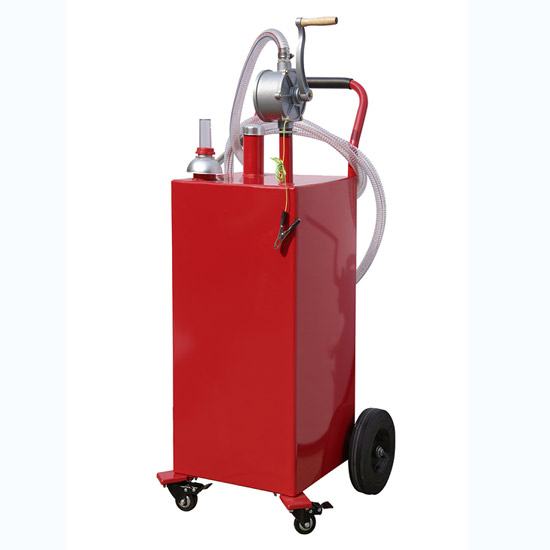 Oil Pump
Oil Pump
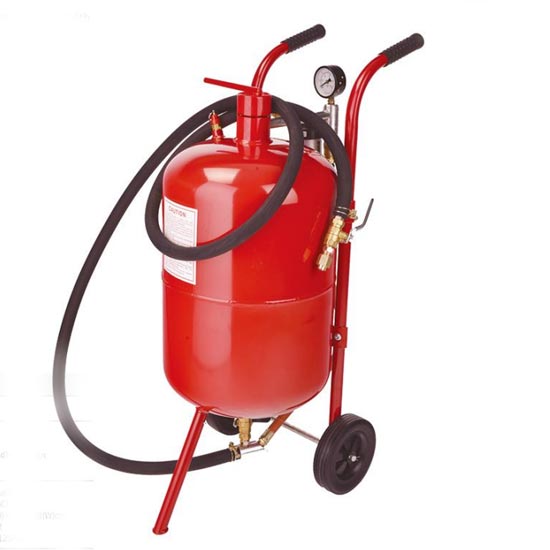 Sandblast Pot
Sandblast Pot
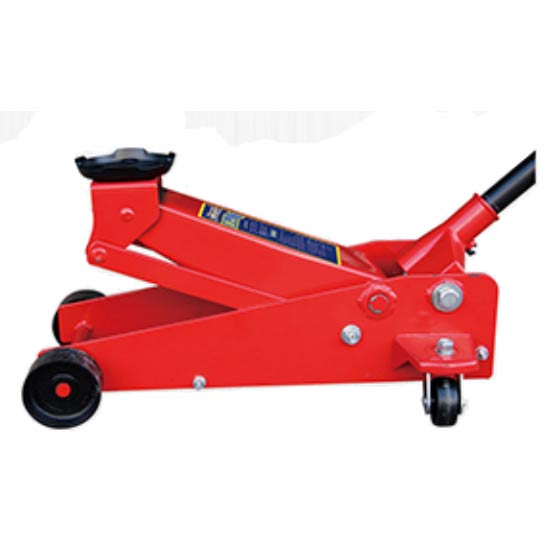 2.25 Ton Hydraulic Floor Jack
2.25 Ton Hydraulic Floor Jack
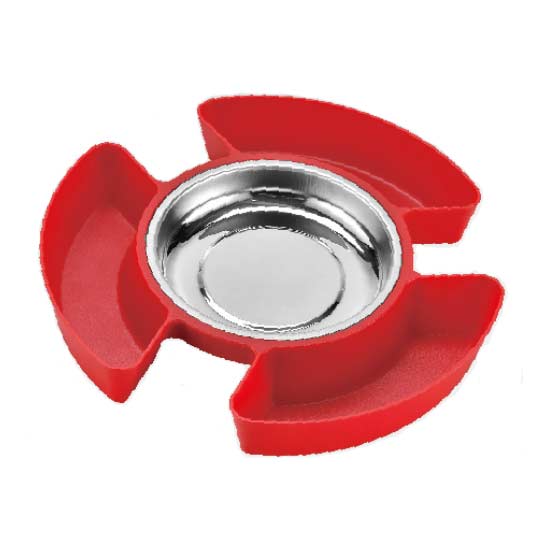 Magnetic Tray With Tool Plate
Magnetic Tray With Tool Plate
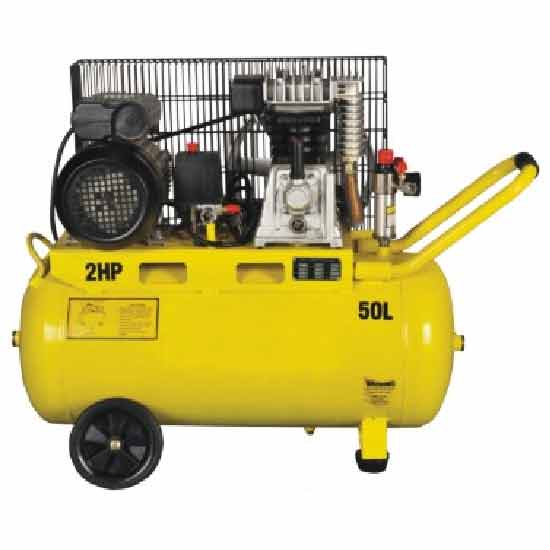 Single-stage Air-cool Movable Air Compressor
Single-stage Air-cool Movable Air Compressor
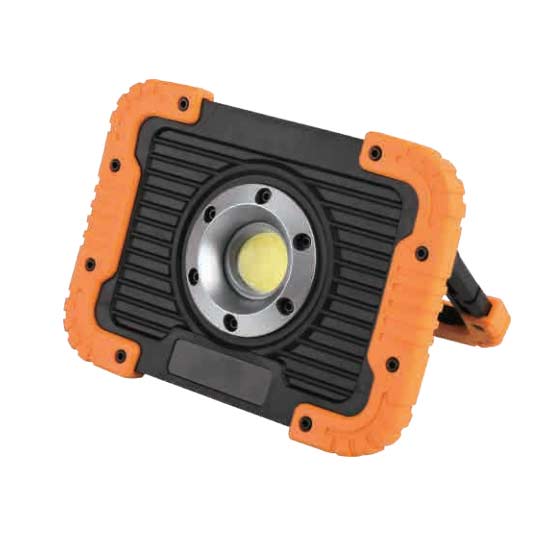 10W Rechargeable Led Flood Light
10W Rechargeable Led Flood Light
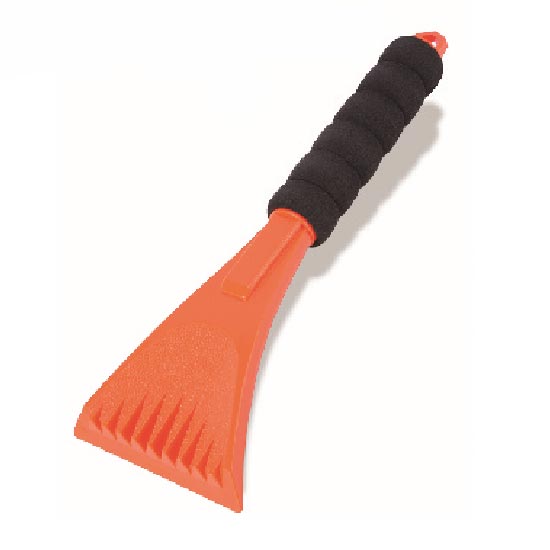 Ice Scraper
Ice Scraper
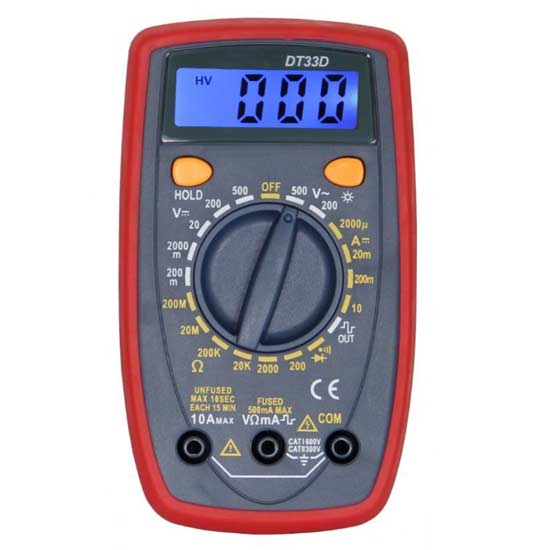 Small Multimeter with Backlight
Small Multimeter with Backlight
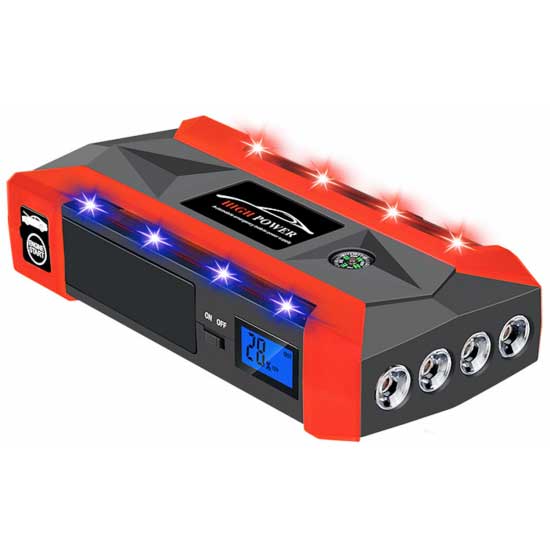 Jump Starter With 4 Led Lights
Jump Starter With 4 Led Lights
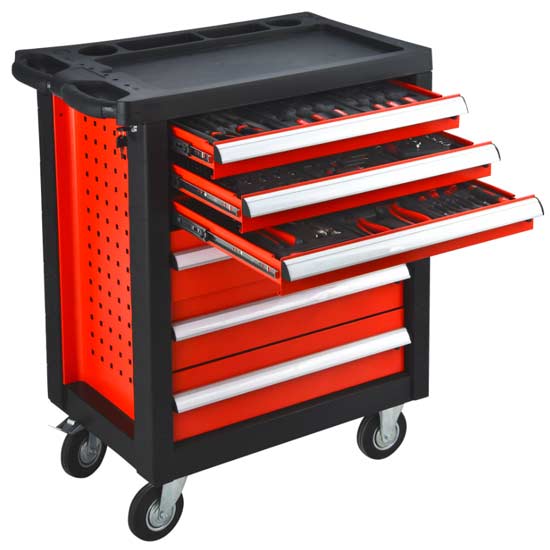 Steel Tool Cabinet
Steel Tool Cabinet
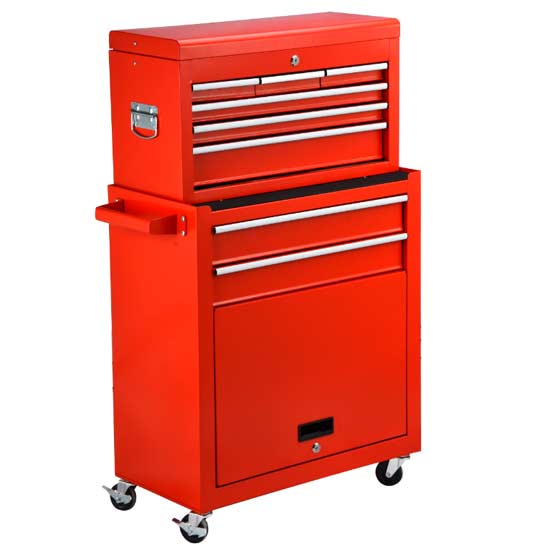 Large Tool Cabinet
Large Tool Cabinet
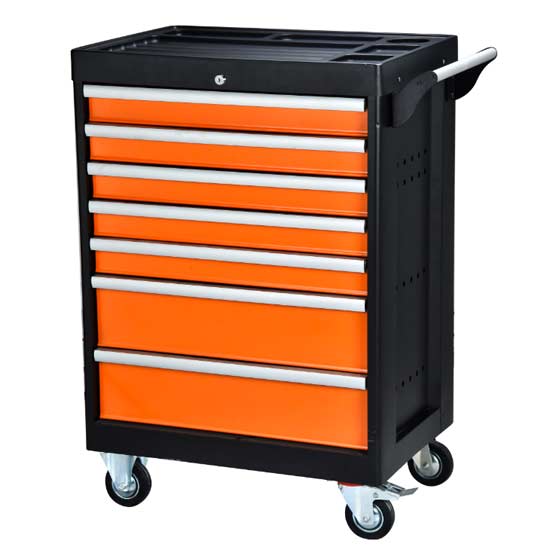 Tool Storage Cabinet
Tool Storage Cabinet
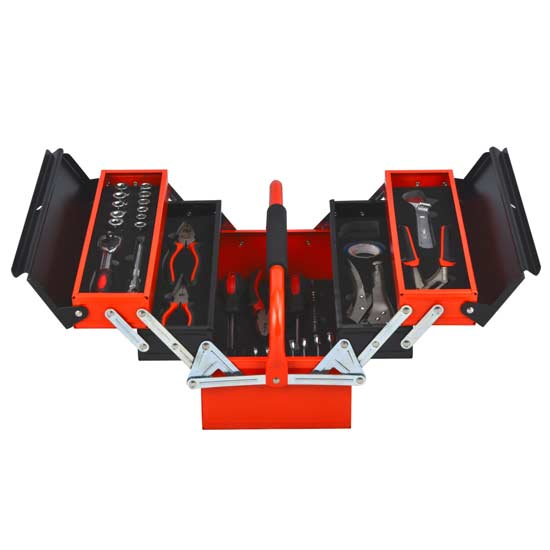 Metal Tool Box
Metal Tool Box
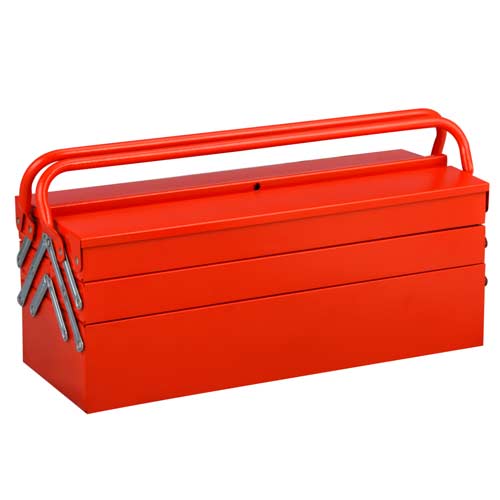 Large Metal Tool Storage Box
Large Metal Tool Storage Box
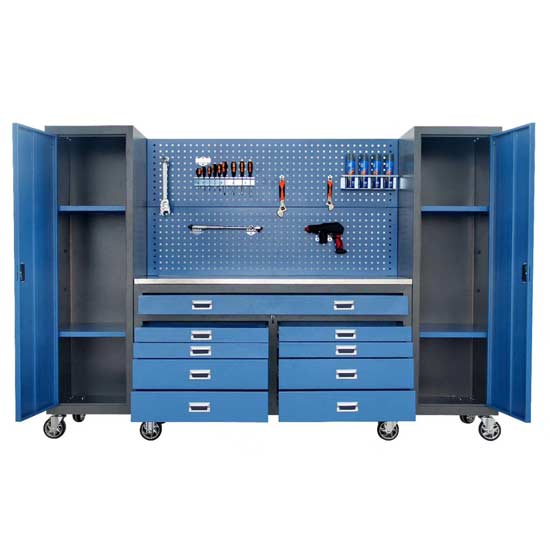 Blue Metal Tool Cabinet
Blue Metal Tool Cabinet
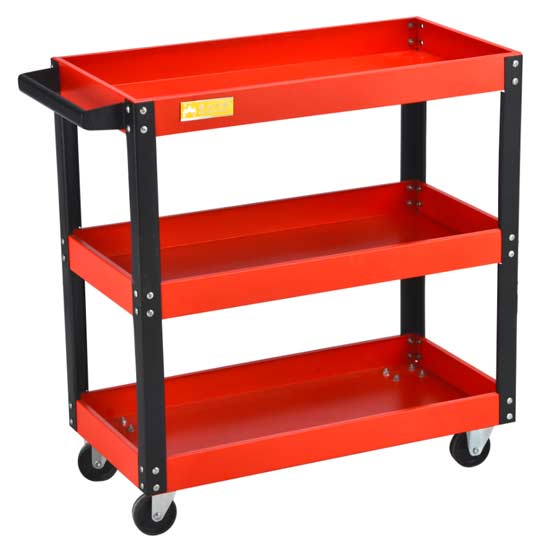 Red Steel Tool Trolley
Red Steel Tool Trolley
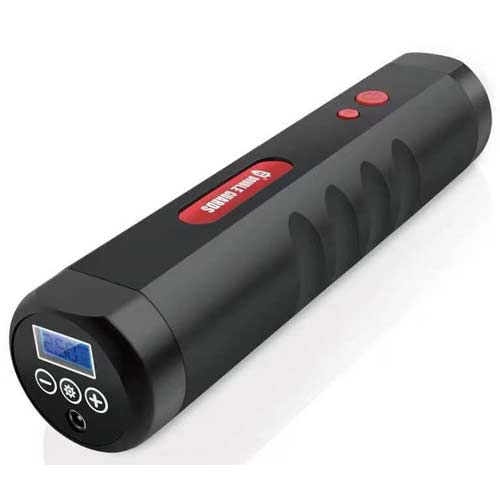 Portable Tire Inflator
Portable Tire Inflator
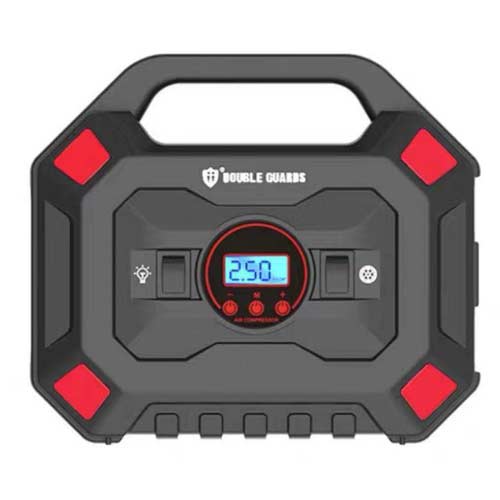 Custom Tire Inflator
Custom Tire Inflator
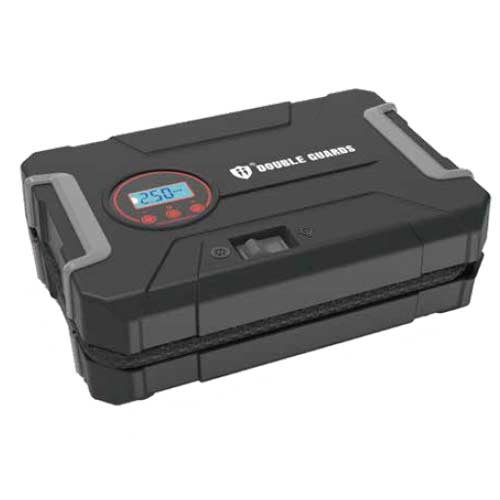 Tire Pressure Pump
Tire Pressure Pump
 Auto Emergency kit
Auto Emergency kit